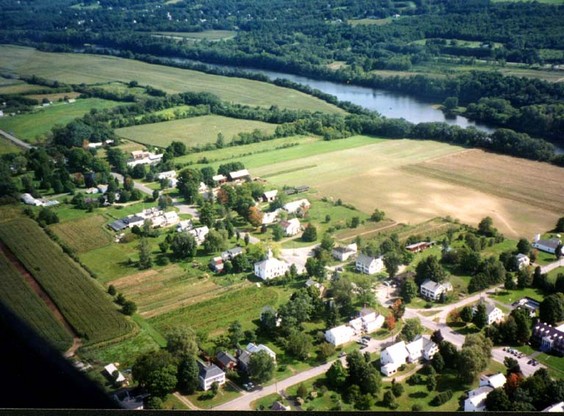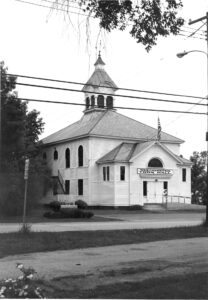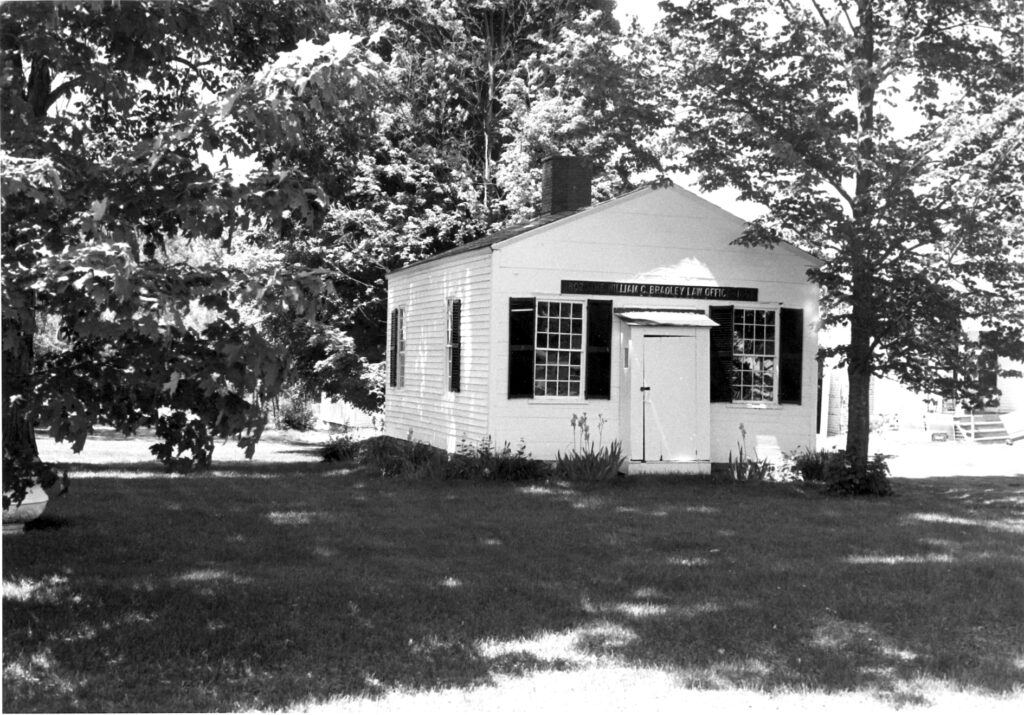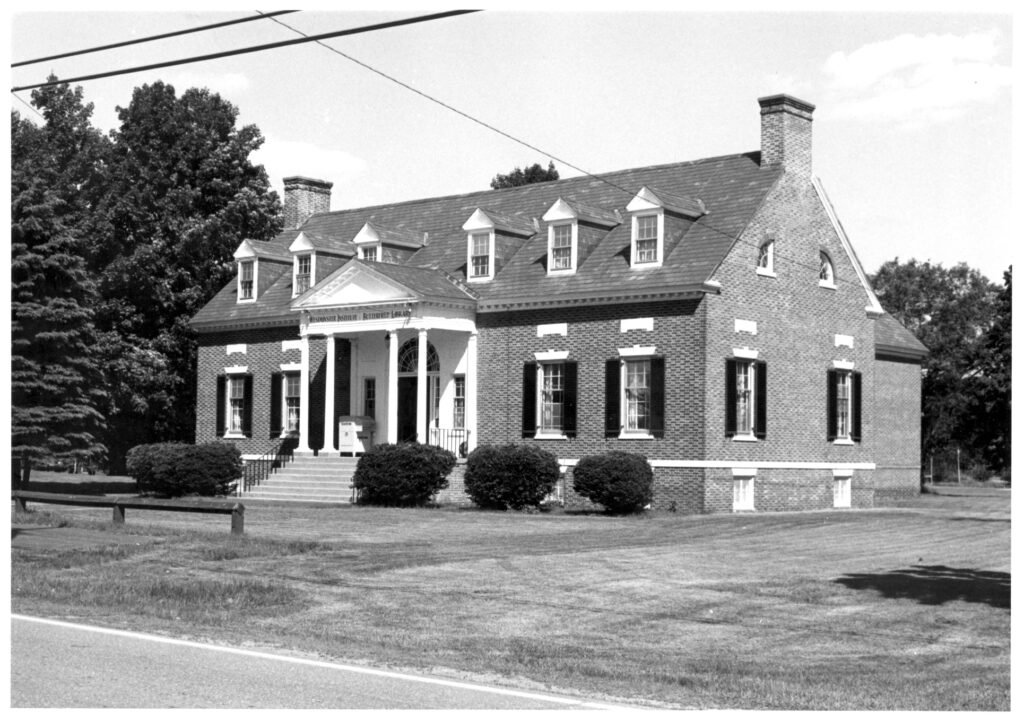Westminster is on the Vermont Sampler Driving Tour
Westminster has six schoolgirl samplers on display in the Town Hall Museum. One is dated 1764. The museum is open Saturdays in July and August, 2:00-4:00. More information on the Sampler Driving Tour is at https://outside.vermont.gov/agency/ACCD/ACCD_Web_Docs/VT250/Documents/Sampler-Driving-Tour-Final.pdf
Westminster Massacre 250th Anniversary Commemoration, March 13-15, 2025
Click here to read about our Commemoration of this little known and tragic event.
About Westminster:
Westminster is one of Vermont’s oldest and most historic towns, beginning as Township No. 1, or New Taunton, under the jurisdiction of the Massachusetts Bay Colony in 1735. There was no permanent settlement until 1751, when a survey placed “No. 1” in the New Hampshire Grants with the name of Westminster. In 1762, when the King decreed that the Connecticut River would be the border between New Hampshire and New York, Westminster became a part of Cumberland County, New York.
The main street in Westminster Village on Route 5 was laid out during the reign of George the Second, and called the King’s Highway. Originally, the right-of-way was ten rods wide, having been designed for use as a training ground for the military company. Today, the house fronts along the King’s Highway are still 165 feet apart.
The County Court House was located in Westminster from 1772 to 1778 and was the scene of many historic meetings and conventions. Perhaps the most unusual was in January 1777, when citizens declared Vermont as a free and independent republic, which lasted until it joined the United States in 1791 and the 14th state.
This same courthouse that was the scene of the Westminster Massacre two years previously, an event considered by many as the first bloodshed in the Revolutionary War, one month before the Battle of Lexington. Tory judges ran the court, but this Loyalist domination proved to be too much for area Colonists, or Patriots. King George’s courts of justice were almost closed in the colonies except in New York, where they continued to refuse to adopt the resolves of the Continental Congress. When they still insisted on holding court, people here rebelled. It was time for a March court session to consider action to collect debts, when a history-making event occurred.
Several men tried, without success, to talk the judge out of opening court. Realizing that they’d have to be inside the building first to be heard, as they wouldn’t be allowed admittance when officials arrived, a group of about 100 citizens entered the courthouse during the afternoon preceding court day, with a plan to remain until the judge heard their complaints. They went into the building armed only with clubs from a neighbor’s woodpile, having been assured by the judge that here would be no bloodshed. While the Patriots were in possession of the building,As a result of this Westminster Massacre, Patriots quickly assembled in Westminster the next day, coming from west of the Green Mountains, the southern part of the county, and from Massachusetts. About 500 men equipped for war were assembled here. The judge and other court officials were taken to prison in Northampton, MA, on a decision made by a committee formed by the crowd. Court was never again held in this county under the rule of Great Britain’s King George. The old court building stood, unoccupied, from 1788, when Newfane became the county seat, until 1806 when it was sold and torn down.
The Town of Westminster has been first in many events, including:
- First Township granted in Vermont, named Township No.1 in 1736. In 1752, the Province of New Hampshire incorporated it as Westminster.
- First State Bank established in 1807.
- First Printing Office established in Vermont by Spooner & Green in 1778.
- First newspaper in Vermont, “The Vermont Gazette” or “Green Mt. Postboy” was printed on the old Day Press, the first used in North America north of Mexico. This press is preserved in the Vermont Historical Museum in Montpelier.



